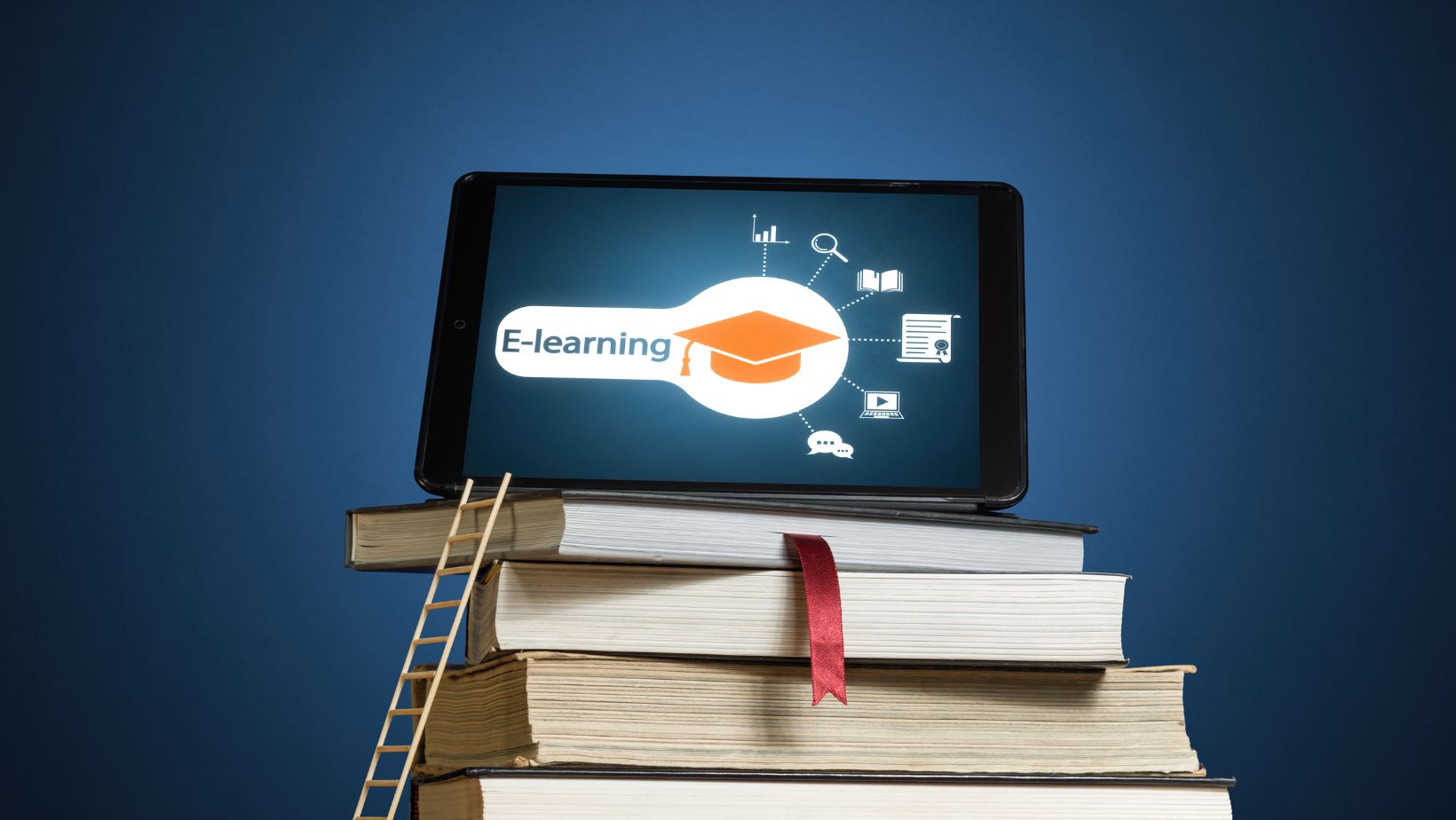
In today’s increasingly digital society, the skills needed to navigate technology and the internet are just as crucial as traditional literacy and numeracy. As the world continues to evolve, digital literacy has become a fundamental requirement for personal and professional success. Nowhere is this more apparent than in education, where digital literacy serves as the foundation for learning, critical thinking, and future workforce readiness. The importance of embedding digital literacy in education cannot be overstated, as it prepares students for life in a technology-driven world.
The Evolution of Digital Tools in Education
Education has historically been a slow-moving institution when it comes to embracing change, but the rise of digital technologies has dramatically altered the landscape in recent decades. Tools such as laptops, tablets, smartboards, and learning management systems have become standard in classrooms around the world. The internet, too, has revolutionized how students access information and learn. Digital literacy, which encompasses the ability to effectively find, evaluate, communicate, and create information using digital technologies, has thus become a crucial component of modern education.
COVID-19 accelerated this transformation, as remote learning became a necessity. For many students, digital platforms were their only gateway to education during this period. While some struggled with access to technology or the ability to use it effectively, the pandemic made it clear that digital literacy is no longer optional. It is an essential part of how students learn and how teachers teach.
However, simply providing technology is not enough. Schools must actively foster digital literacy, ensuring that students develop the critical thinking skills needed to navigate the vast expanse of information available online. Without these skills, students may be left vulnerable to misinformation, cyberbullying, and the misuse of digital tools.
The Core Elements of Digital Literacy
Digital literacy encompasses more than just being able to use a computer or navigate the internet. It involves several core components that schools need to address to ensure that students are well-prepared for the digital world.
Access and Proficiency: At the most basic level, students need access to digital tools and must learn how to use them proficiently. This includes being able to operate devices like laptops and tablets, use software applications, and understand how to navigate the web. These foundational skills are essential for students to engage in more advanced digital literacy.
Critical Thinking and Information Evaluation: One of the most important aspects of digital literacy is the ability to critically assess the information that is encountered online. The internet provides access to a wealth of information, but it also presents a significant challenge: misinformation and biased content are rampant. Students must learn to evaluate the credibility of sources, distinguish fact from opinion, and recognize when information may be misleading or harmful.
Communication and Collaboration: The digital world enables unprecedented opportunities for communication and collaboration. Students need to be equipped with the skills to effectively communicate in a digital space, whether through email, social media, or collaboration platforms like Google Drive or Microsoft Teams. These skills are not only important for their future careers but are also critical for fostering teamwork and global citizenship.
Creativity and Innovation: Digital literacy also involves the ability to create and innovate using technology. This could mean anything from creating digital presentations to learning how to code or developing digital art. Schools should encourage creativity through digital mediums, teaching students how to use technology to express themselves and solve problems in innovative ways.
Digital Citizenship: Perhaps one of the most important components of digital literacy is teaching students how to be responsible digital citizens. This includes understanding online etiquette, respecting intellectual property, and being aware of privacy and security risks. As students spend more time online, they must learn how to interact safely and responsibly in digital spaces.
The Role of Educators in Promoting Digital Literacy
Educators play a critical role in fostering digital literacy. Teachers must not only be digitally literate themselves but they must also be equipped to guide students through the ever-evolving digital landscape. Professional development and ongoing training in digital tools and resources are essential for educators, as they are the ones who will lead students in developing these crucial skills.

One effective approach to teaching digital literacy is through project-based learning, where students use digital tools to research, create, and present projects. This method allows students to apply their digital skills in a practical, hands-on manner while also engaging them in critical thinking and collaboration.
In addition to project-based learning, educators must teach digital literacy through direct instruction. Lessons on evaluating sources, identifying bias, and understanding digital footprints are crucial for ensuring that students do not fall victim to misinformation or misuse of technology. Teachers should also integrate lessons on cybersecurity and online privacy into the curriculum, helping students understand the risks and responsibilities of the digital world.
Digital Literacy and the Future Workforce
As the workforce becomes increasingly dependent on technology, digital literacy is no longer just an academic skill—it is a workforce necessity. Nearly every industry, from healthcare to manufacturing to the arts, now relies on digital tools and technologies. Students who lack digital literacy will be at a significant disadvantage in the job market, while those with strong digital skills will have more opportunities to succeed.
According to a study by the World Economic Forum, digital skills are among the top competencies needed for the jobs of the future. Fields such as data analysis, artificial intelligence, and cybersecurity are growing rapidly, and demand for digitally literate workers is higher than ever. By embedding digital literacy into education, schools can help students prepare for this tech-driven economy, ensuring that they have the skills needed to thrive in a digital workplace.
The Future of Digital Literacy
Digital literacy is no longer an optional skill—it is a fundamental part of education that prepares students for life in a technology-driven world. From critical thinking to creative innovation, digital literacy encompasses a wide range of skills that students need to succeed both academically and professionally. Educators play a vital role in promoting these skills, ensuring that students are equipped to navigate the digital landscape with confidence and responsibility. As technology continues to evolve, so too must our approach to education, integrating digital literacy at every level to prepare students for the challenges and opportunities of the future.











